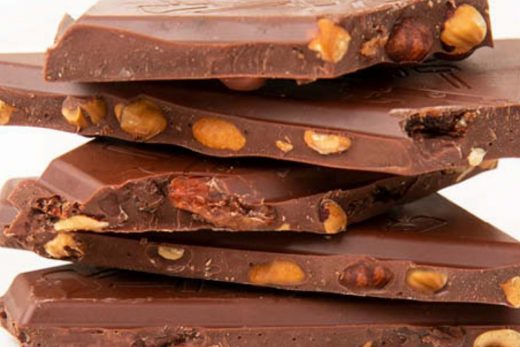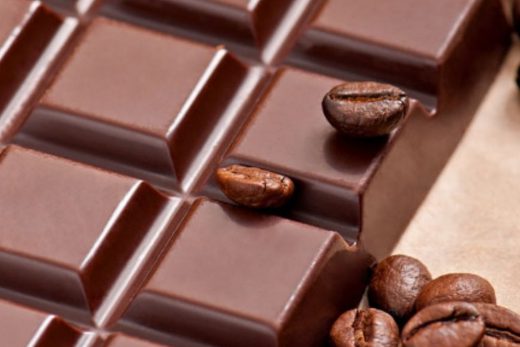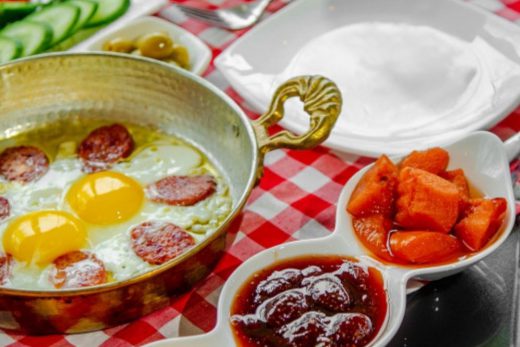The New Zealand wine industry is still in its infancy compared to much of the rest of the wine world. While vines have been on the island for over 150 years, for most of that time the industry was stymied by a temperance movement and phylloxera (an insect that devastated vineyards all over the world in the 19th and 20th centuries). But in the last 15 years, New Zealand’s wine scene has exploded. Plantings of Sauvignon Blanc alone have increased almost five and a half times since 2002.
What do New Zealand wines taste like? For me, the common thread is a sense of freshness, whether you’re drinking a crisp Sauvignon Blanc or a powerful Cabernet Sauvignon blend. Most of the vineyards are never too far from the cooling effect of the ocean, preserving acidity in the wines—this brightness leaves you ready for more after each sip.
New Zealand is what what we call a ‘new world’ wine region. Old world wines come from places like France, Italy, Germany, and Spain. When you look at bottles from the Old World, you’re more likely to see a place—a country, a region, or a vineyard—than a grape variety on the label. This practice comes from a long tradition of focusing on place rather than grape—and very strict rules about what you’re allowed to grow where. For example, when we talk about white wine from Sancerre in France, we know it is Sauvignon Blanc without saying it. But in New Zealand, the rules are a little looser, and the grape name will be front and center. When you buy a bottle, you know that at least 85% of the wine is made in the year and from the grape on the label—but that’s about it.





